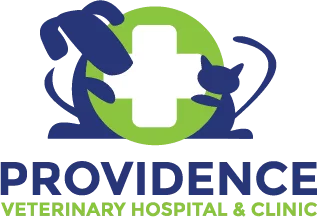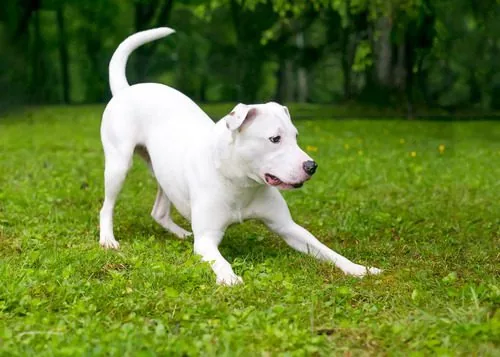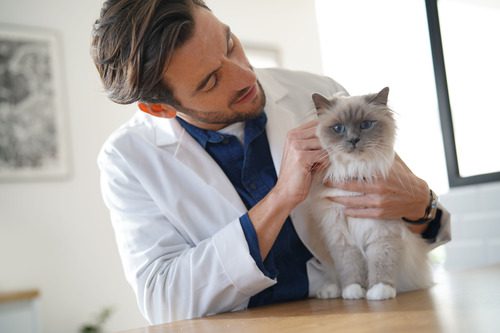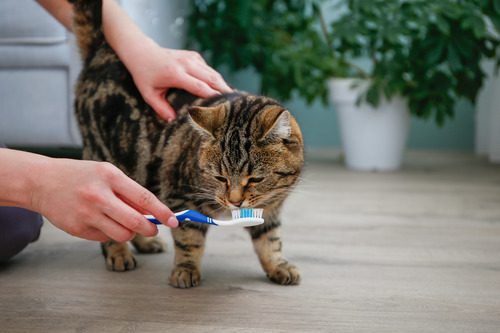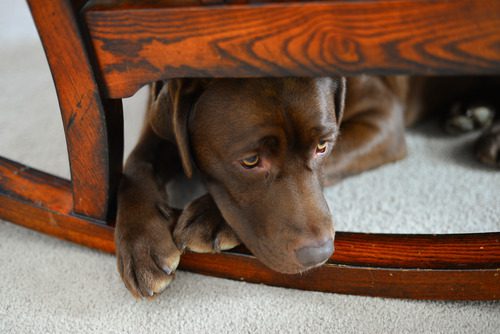A Team Effort: How Home Care and Professional Cleanings Keep Your Dog’s Teeth Healthy
Dental health is just as important for dogs as it is for people. Without proper care, plaque and tartar can lead to painful dental disease, infections, and even problems with the heart, liver, or kidneys. While at-home care plays a key role in preventing buildup, professional cleanings at Providence Veterinary Hospital and Clinic provide the deep cleaning needed to maintain long-term oral health. But what is a full dog teeth cleaning, and why is it necessary? Below, let’s explore how regular veterinary cleanings under anesthesia complement daily care at home to give your dog the healthiest smile possible.
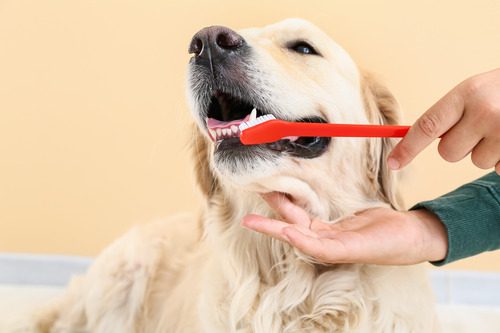
What Is a Full Dog Teeth Cleaning?
A full dog teeth cleaning is a professional dental procedure performed by your veterinarian under general anesthesia. This thorough cleaning removes plaque and tartar above and below the gumline, preventing and addressing periodontal disease. While daily brushing and dental chews help manage surface buildup, they cannot reach below the gumline where bacteria thrive. A full veterinary cleaning is the only way to effectively remove harmful buildup and protect your dog’s long-term oral health.
What Happens During a Full Dog Teeth Cleaning?
A full dental cleaning under anesthesia involves several critical steps to ensure a comprehensive clean and assess your dog’s oral health. Here’s what to expect:
- Pre-Anesthetic Exam: Before the procedure, your veterinarian will perform a physical exam and may recommend bloodwork to ensure your dog is healthy enough for anesthesia.
- Anesthesia Administration: General anesthesia is used to keep your dog comfortable and still during the cleaning. This allows for a thorough and stress-free procedure.
- Scaling and Polishing: A veterinary technician will use specialized tools to remove plaque and tartar from all tooth surfaces, including below the gumline where bacteria cause the most harm.
- Oral Exam and X-Rays: Your veterinarian will assess each tooth and may take dental X-rays to check for hidden issues like root damage, abscesses, or bone loss.
- Extractions if Necessary: If a tooth is severely damaged or diseased, your veterinarian may recommend extraction to prevent further pain and infection.
After the cleaning, your dog will be monitored as they wake from anesthesia. Most dogs recover quickly and return home the same day with cleaner teeth and fresher breath.
The Benefits of Professional Cleanings Under Anesthesia
Many pet owners wonder if professional dental cleanings are truly necessary. The reality is that dogs can develop serious dental problems without routine veterinary care. A full dog teeth cleaning under anesthesia provides benefits that cannot be achieved through at-home care alone.
- Deep Cleaning Below the Gumline: Only professional cleanings can remove tartar and bacteria beneath the gumline, where periodontal disease begins.
- Accurate Dental Assessment: X-rays and thorough exams under anesthesia allow veterinarians to detect issues early before they cause pain or tooth loss.
- Reduced Risk of Systemic Illness: Dental infections can spread to other parts of the body, including the heart and kidneys. Professional cleanings help prevent these complications.
- Pain Prevention: Many dogs suffer from dental pain that goes unnoticed. A veterinary cleaning removes diseased teeth and infection sources, improving their quality of life.
- Fresh Breath: Bad breath is often a sign of underlying dental disease. Professional cleanings address the root cause of odor, leaving your dog’s breath fresher.
Full Dog Teeth Cleanings vs. Non-Anesthetic Dentals
Some pet owners may consider non-anesthetic dental cleanings as an alternative, but these procedures do not provide the same benefits as a full cleaning under anesthesia. Non-anesthetic dentals involve scraping tartar from the visible surfaces of the teeth while the dog is awake. However, these procedures have significant limitations:
- Inability to Clean Below the Gumline: The most harmful tartar accumulates below the gumline, where bacteria cause inflammation and infection. Non-anesthetic cleanings cannot effectively reach these areas.
- No X-Rays or Thorough Assessment: Many dental problems, such as root infections and bone loss, are only visible with X-rays. Without anesthesia, these conditions go undetected.
- Stress and Discomfort for the Dog: Dogs must be restrained for non-anesthetic dentals, which can cause stress and make thorough cleaning difficult.
- Temporary Cosmetic Improvement: While these cleanings may make teeth appear whiter, they do little to improve long-term dental health.
For the best dental care, a full dog teeth cleaning under anesthesia is the safest and most effective option.
How to Support Your Dog’s Dental Health at Home
While professional cleanings are essential, daily at-home care plays a key role in preventing plaque buildup between veterinary visits. Here are some ways to maintain your dog’s dental health:
- Brushing your dog’s teeth with a pet-safe toothpaste is the most effective way to prevent plaque and tartar.
- Dental chews and toys can help reduce buildup by mechanically scrubbing the teeth while your dog chews.
- Some veterinary-approved water additives contain enzymes that help break down plaque and bacteria.
- Routine veterinary visits help catch dental issues early before they progress.
A healthy mouth leads to a happier, healthier life for your dog. By combining daily home care with professional cleanings at Providence Veterinary Hospital and Clinic, you can prevent painful dental disease and improve your dog’s overall well-being. If you have questions about what is a full dog teeth cleaning or would like to schedule an appointment, call us today at (510) 521-6608 or (510) 521-5775. Our team is here to help your dog maintain a lifetime of healthy smiles!
Recent Posts
What Does Your Dog’s Tail Wag Really Mean?
What Does Your Dog’s Tail Wag Really Mean? Dogs use their tails for much more than just…
Feline Leukemia: Prevention and Detection
Feline Leukemia: Prevention and Detection Cat Feline Leukemia is a serious viral disease that affects felines worldwide….
The Perfect Pair: Home Care and Professional Cleanings for Your Cat’s Teeth
The Perfect Pair: Home Care and Professional Cleanings for Your Cat’s Teeth Caring for your cat’s teeth…
What is Bordetella and Why Should You Care?
What is Bordetella and Why Should You Care? Bordetella is a term many pet owners hear when…
Why Are Dogs Scared of Loud Noises?
Why Are Dogs Scared of Loud Noises? Loud noises can be a significant source of stress and…
Providence Veterinary Hospital & Clinic serve Alameda, CA as well as Oakland, San Leandro, and the surrounding areas with superb veterinary medicine and gentle, compassionate care. We’ve been a part of this community since 1947 when a veterinarian started seeing pets in his home after the end of World War II. He built an animal hospital right under his house, and that’s where we remain to this day (with modern remodeling in 2016, to outfit the hospital with the latest medical technology and equipment, of course!).
